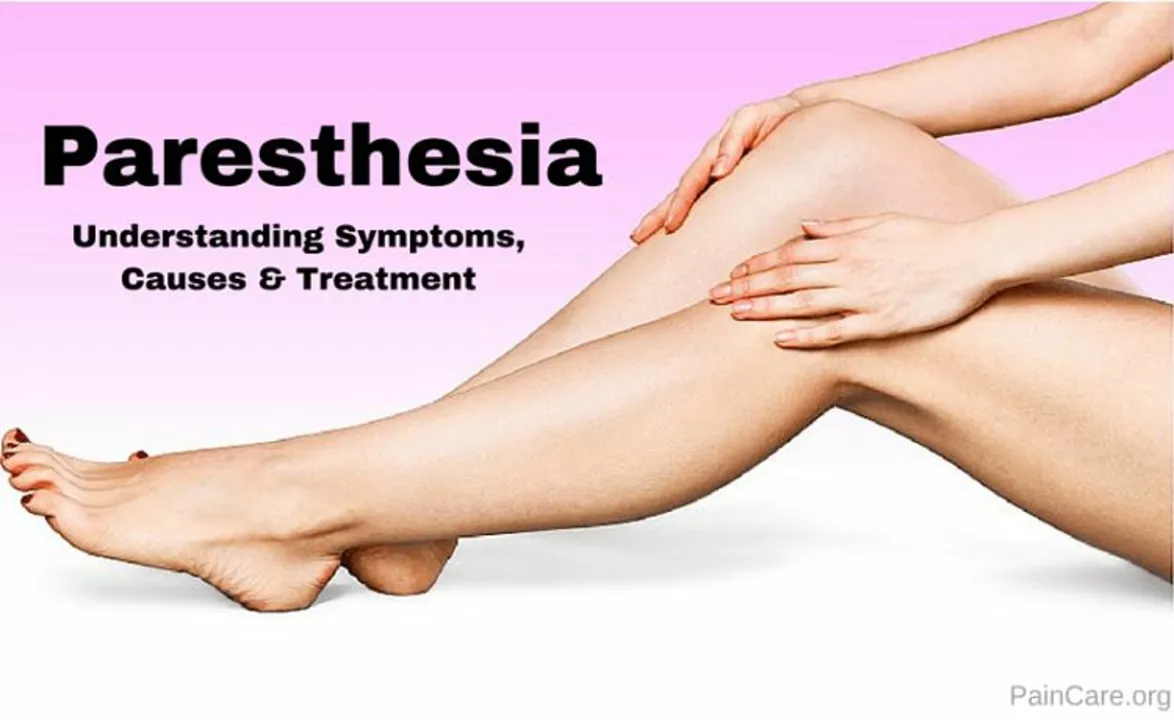Burning Sensation: Common Causes, Quick Relief, and When to Seek Help
A sudden or persistent burning sensation can be scary. It can show up on skin, in your chest, mouth, throat, or feet. Causes range from mild — like sunburn or heartburn — to serious — like shingles or nerve damage. This guide helps you spot likely causes, try safe at-home relief, and know when to see a doctor.
Where it hurts matters. A burning feeling on the skin with red bumps could be an allergic reaction, contact dermatitis, or shingles. A burning in the chest or throat after eating often points to acid reflux. Burning in the feet or hands that tingles and numbness may be neuropathy, commonly linked to diabetes or alcohol use. Burning on urination suggests a urinary tract infection. Match the location with common causes to get a clearer idea fast.
Simple, safe first steps you can try right away. For skin burning, cool compresses for 10 to 15 minutes, gentle soap, and a fragrance-free moisturizer help. Over‑the‑counter hydrocortisone cream can reduce inflammation for mild rashes. For mouth burns from hot food, rinse with cool water and avoid spicy or hot drinks until healed. For mild heartburn, try an antacid and sit upright after eating.
When to use medicines or creams
Topical lidocaine or a cream with low‑dose capsaicin can ease nerve‑related burning, but use as directed. OTC pain relievers like ibuprofen or acetaminophen help with inflammation and discomfort. If you suspect a UTI, antifungal or antibiotic treatment may be needed — see a clinician for testing. For frequent acid reflux, a short course of an H2 blocker or proton pump inhibitor can be helpful but check with a doctor first.
Red flags — see a doctor or go to the ER
Seek immediate care if burning comes with chest pain, shortness of breath, sudden weakness, slurred speech, high fever, spreading skin rash with blisters, or severe swelling. Also get prompt medical attention if burning follows a bite or puncture wound, or if you have uncontrolled diabetes and new numbness, tingling, or foot ulcers. These signs may mean a serious infection, nerve emergency, or heart problem.
Prevention and follow‑up. Avoid known irritants like harsh soaps, hot showers, and allergens. Keep blood sugar under control if you have diabetes, limit alcohol, and wear protective footwear to prevent burns and injuries. If symptoms last more than a week, worsen, or return often, make an appointment. A primary care doctor can run tests — blood work, urine tests, skin swabs, or nerve studies — and recommend targeted treatment.
Quick relief often works, but don’t ignore persistent burning. Small fixes help many issues, but the right diagnosis gives the right treatment. If you’re unsure, call a nurse line or book a clinic visit to get clarity and avoid complications.
Keep a simple symptom diary: note when burning starts, what you ate, recent activities, and any medicines. Take photos of skin rashes and bring a current medication list to your appointment. These details speed diagnosis and treatment quickly.
Burning Sensation in the Heel: Causes and Solutions

I recently came across an article discussing the causes and solutions for that annoying burning sensation in the heel. It appears that this discomfort can be attributed to various factors such as plantar fasciitis, Achilles tendonitis, and nerve conditions. Thankfully, there are a number of ways to address this issue, including stretching exercises, orthotics, and anti-inflammatory medications. In some cases, it might be necessary to consult a medical professional for further evaluation and treatment. Overall, it's essential to pay attention to our body's signals and take appropriate steps for relief and prevention.
